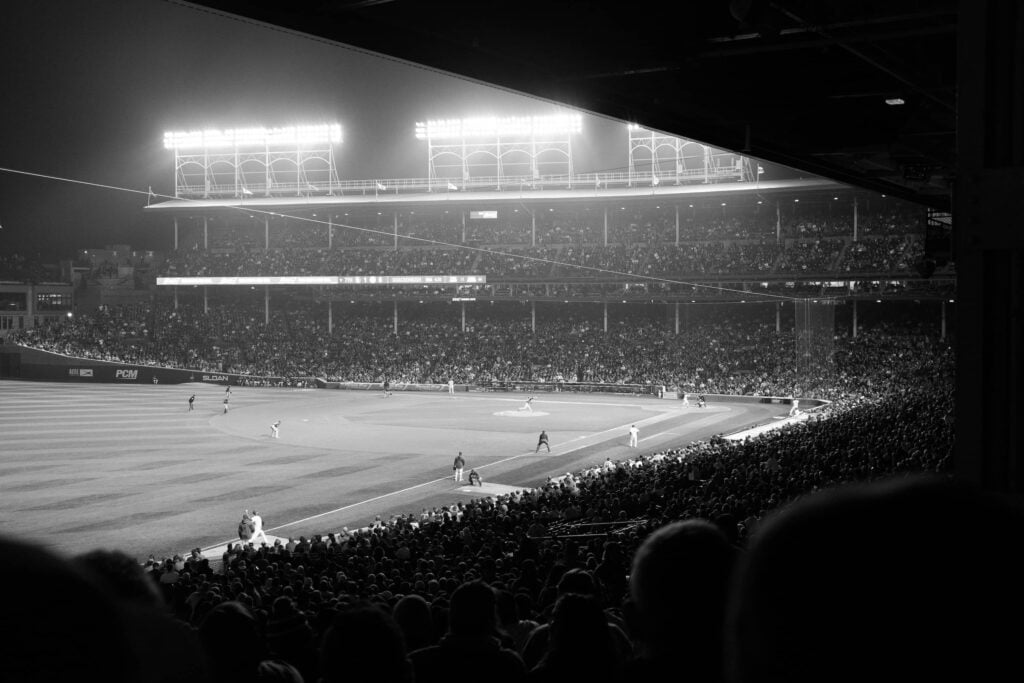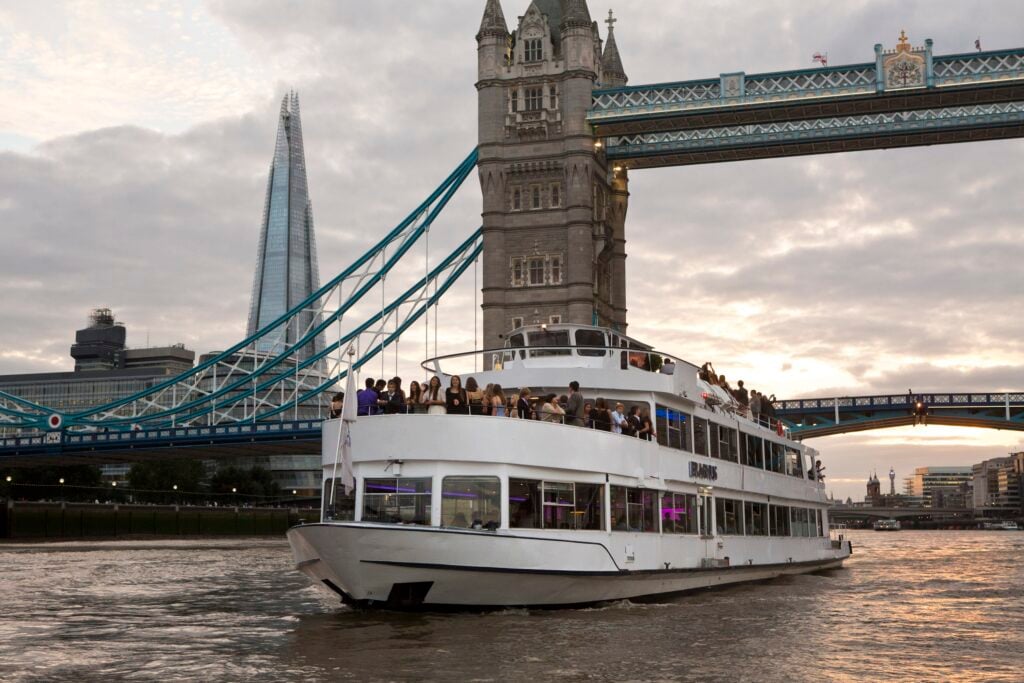Featured
A Patriotic Tribute in Washington, DC: Memorial Day 2025
Memorial Day in Washington, DC, is a powerful and meaningful occasion that offers a blend of solemn remembrance and vibrant celebration. As the nation's capital, DC is the epicenter for honoring the sacrifices of the men and women who have served in the United States Armed Forces. From famous statues to patriotic parades and family-friendly activities, Washington, DC, provides countless ways to reflect, honor, and celebrate. This year, elevate your Memorial Day experience with City Cruises, offering unforgettable journeys along the Potomac River. Whether seeking a peaceful reflection or a lively celebration, City Cruises provides the perfect setting to mark this important holiday.
The History and Significance of Memorial Day in Washington, DC
Originally known as Decoration Day, Memorial Day was first observed after the Civil War to honor Union soldiers who had died in battle. Over time, it became a National Day of Remembrance for all United States military personnel who have made the ultimate sacrifice. The holiday, officially recognized in 1971, is observed on the last Monday of May and serves as a solemn reminder of the cost of freedom. Washington, DC, stands as the most fitting place to commemorate Memorial Day due to its profound historical significance and the numerous national monuments dedicated to American service members.

 Discover Experiences Near Me
Discover Experiences Near Me













